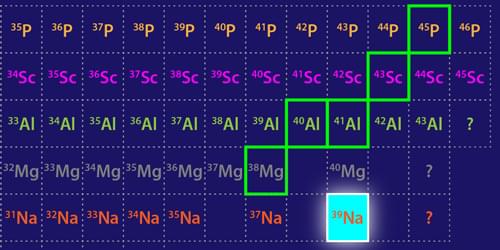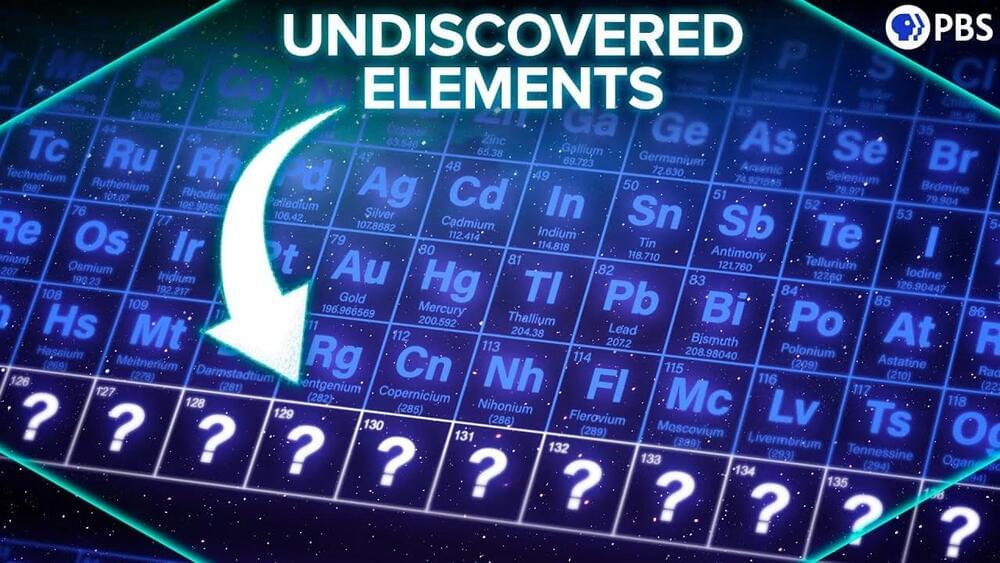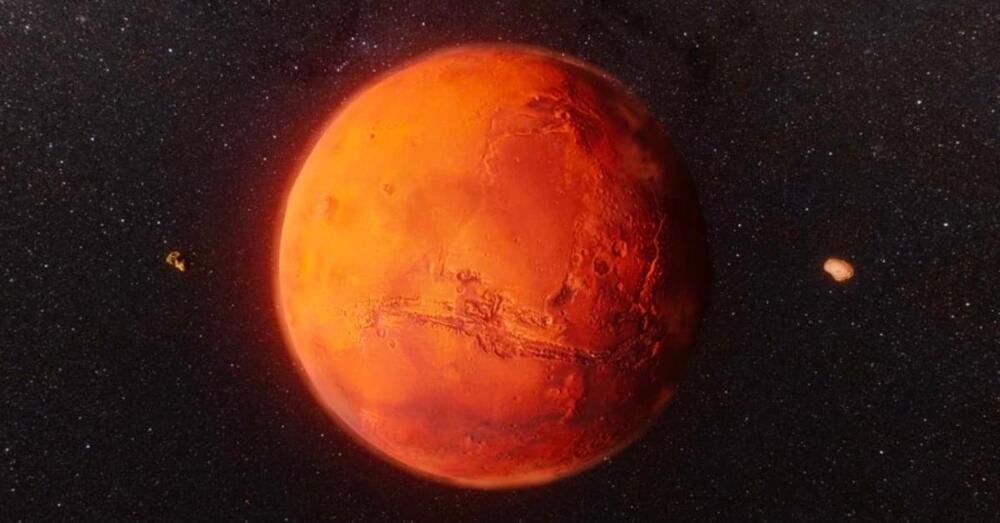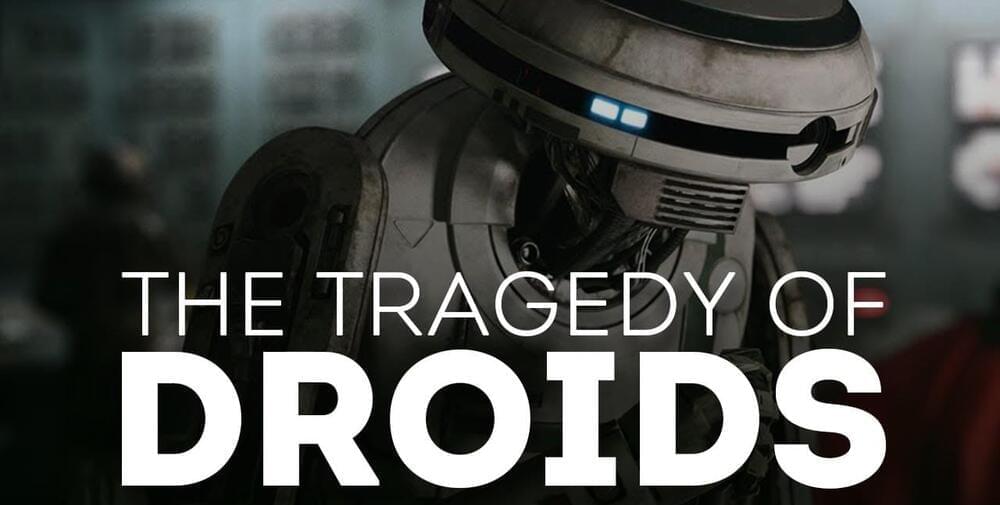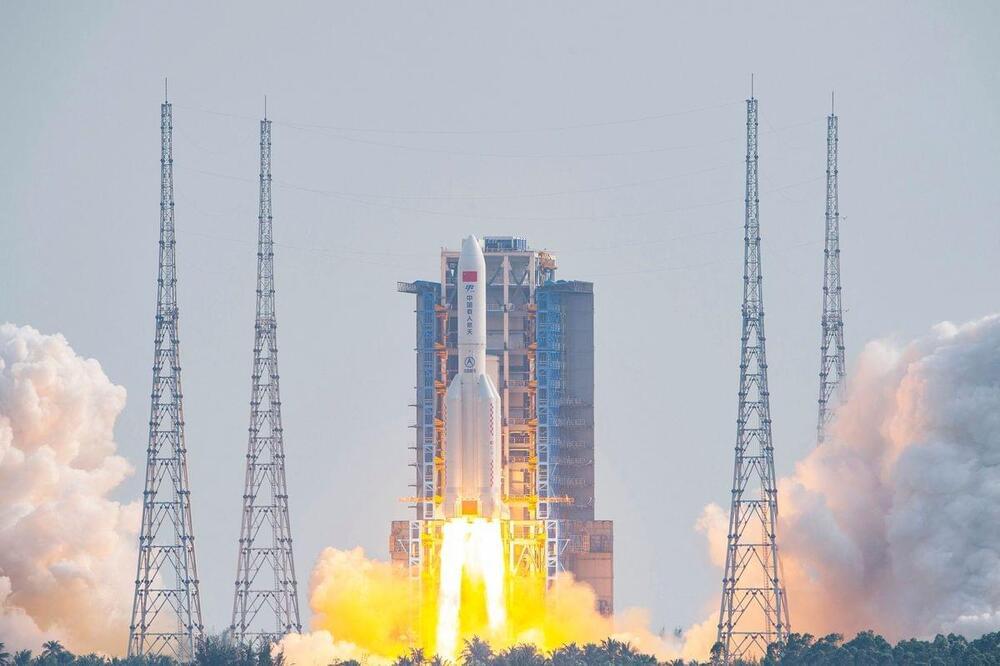Nov 17, 2022
Meteorite that landed in Cotswolds may solve mystery of Earth’s water
Posted by Shubham Ghosh Roy in category: space
Water covers three-quarters of the Earth’s surface and was crucial for the emergence of life, but its origins have remained a subject of active debate among scientists.
Now, a 4.6bn-year-old rock that crashed on to a driveway in Gloucestershire last year has provided some of the most compelling evidence to date that water arrived on Earth from asteroids in the outer solar system.

